
Fast, affordable Internet access for all.

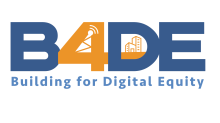
Jessica Strom, Digital Inclusion Manager for Opportunity Home - the Public Housing Authority of San Antonio, shares the challenges of digital inclusion on their many properties as well as leaving us with exciting success stories of how people landed well-paying jobs after completing their courses. We also discuss the challenges for housing residents to avoid scams and the importance of free Wi-Fi to be ready if ACP runs out.
This show is 18 minutes long and can be played on this page or using the podcast app of your choice with this feed.
Transcript below.
We want your feedback and suggestions for the show-please e-mail us or leave a comment below.
Listen to other episodes here or see other podcasts from the Institute for Local Self-Reliance here.
Thanks to Joseph McDade for the music. The song is On the Verge and is used per his Free-Use terms.

This week on the podcast, Christopher speaks with Joey Wender, Director of the Capital Projects Fund (CPF), U.S Department of the Treasury. Joey administers the $10 billion fund targeted to help close the digital divide.
Joey and Chris discuss the flexibility of CPF funding and how it allows states to tailor their plans to their own needs. The two also talk about the importance of replenishing funding for the Affordable Connectivity Program (ACP) and how it’s critical to take action on this now, before the fund actually runs out.
This show is 22 minutes long and can be played on this page or via Apple Podcasts or the tool of your choice using this feed.
Transcript below.
We want your feedback and suggestions for the show-please e-mail us or leave a comment below.
Listen to other episodes here or view all episodes in our index. See other podcasts from the Institute for Local Self-Reliance here.
Thanks to Arne Huseby for the music. The song is Warm Duck Shuffle and is licensed under a Creative Commons Attribution (3.0) license.

This week on the podcast, Christopher is joined by Kevin Shendo, Education Director at the Pueblo of Jemez Department of Education, and Angela Diakah, Network Operations Supervisor at Jemez Pueblo Tribal Network (JPTN). JPTN is a wireless network serving more than 500 households in the Jemez Pueblo north of Albuquerque. Kevin and Angela share the origins of the network, spurred in part by prior serve from Windstream that was costing households on average $100/month for 4/1Mbps service.
Angela shares the story of her first install and then Kevin walks Christopher through how the Tribe currently subsidizes the entire cost of the network with the help of federal dollars, and the plan for shifting to a traditional subscription service model subsidized at the household level by the Affordable Connectivity Program. Finally, Angela shares some of the network's digital equity and inclusion work to make sure that every household that wants can make the fullest use of its connection.
This show is 25 minutes long and can be played on this page or via Apple Podcasts or the tool of your choice using this feed.
Transcript below.
We want your feedback and suggestions for the show-please e-mail us or leave a comment below.
Listen to other episodes here or view all episodes in our index. See other podcasts from the Institute for Local Self-Reliance here.
Thanks to Arne Huseby for the music. The song is Warm Duck Shuffle and is licensed under a Creative Commons Attribution (3.0) license.
On the one hand, Cleveland is one of the worst connected cities in the nation. On the other hand, it’s also a metro region with among the highest Affordable Connectivity Program (ACP) enrollment rates.
That’s because of the efforts of digital inclusion practitioners like Gina Burch, Program Coordinator at the Ashbury Senior Computer Community Center. In the second episode of our new Building for Digital Equity podcast, Gina talks about how they trained digital navigators to help enroll eligible Clevelanders into the program that provides a $30/month subsidy for low-income households to pay for home Internet service.
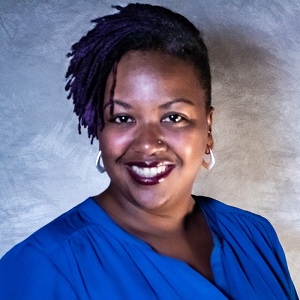
As a new nationwide campaign to boost ACP enrollment is underway, Gina touches on something that is key for enrolling skeptical would-be beneficiaries: the need for trusted messengers and organizations with roots in the community to be a part of the process.
She also highlights some of the challenges they are seeing on the ground and why having high-speed Internet access, as well as the digital skills necessary to get online, is about so much more than shopping or streaming movies. Gina talks about the link between Internet access and access to health care such as making Covid vaccine appointments.
You can listen to the 14 minute interview below or it can be played using the podcast app of your choice with this feed.
Also, you can listen to other episodes here or check out our long-running Community Broadband Bits podcasts here.
The White House, in coordination with the Federal Communication Commission (FCC) and the U.S. Commerce Department, has kicked off a major push to get more of the estimated 52 million eligible households across the nation to take advantage of the Affordable Connectivity Program (ACP).
Established with the passage of the bipartisan infrastructure law, the ACP provides a $30 monthly subsidy for qualified low-income households to pay for home Internet service, as well as a one-time $100 subsidy to help pay for an Internet-connected device. (Eligible households on Tribal land get a $75/month subsidy).
The FCC recently announced $66 million in grant awards to help states boost ACP enrollment, which has come to be seen as being notoriously complicated among those working in the field.

And on Monday, the White House hosted a webinar with three national nonprofit organizations to announce the launch of an “Online for All” campaign aimed at helping more families enroll with what they called “user-friendly tools” and digital navigator support for community organizations and state governmental entities.
Call to Boost Anemic ACP enrollment
The nationwide push to get more ACP-eligible households enrolled in the program comes because, even a year after the ACP was first established, only “16 million (of 52 million) households are participating. We need to double down on that. We need your help more than ever,” one White House official told digital equity advocates and Internet service providers invited to Monday’s webinar.
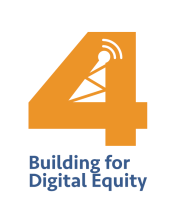
As she'll note in the beginning of this interview with Sean Gonsalves, Gina Birch loves her job as Program Coordinator at the Ashbury Senior Computer Community Center in Cleveland, Ohio. She discusses the remarkable transition in Cleveland from a city lagging in digital equity metrics to one toward the top of its game.
They discuss the Affordable Connectivity Plan, ACP, and some of the challenges associated with the digital divide. Finally, they discuss some of the lessons they have taken from the Net Inclusion conference.
This show is 14 minutes long and can be played on this page or using the podcast app of your choice with this feed.
Transcript below.
We want your feedback and suggestions for the show-please e-mail us or leave a comment below.
Listen to other episodes here or see other podcasts from the Institute for Local Self-Reliance here.
Thanks to Joseph McDade for the music. The song is On the Verge and is used per his Free-Use terms.

In our first episode of this new podcast series, we wanted to queue up an interview with Margaret - Meg - Kaufer, who is President of the STEM Alliance in Westchester County, New York. We had previously spoken with Meg, as well as Yonkers Commissioner of Information Technology Bob Cacase, in episode 500 of the Community Broadband Bits podcast where they discussed their joint efforts to deliver Internet access to low-income households.
Meg updates us on those efforts on the heels of retiring the CBRS network earlier than expected. However, they have developed a replicable strategy for signing people up to the ACP and getting through the thoroughly unnecessary paperwork requirements.
This show is 22 minutes long and can be played on this page or using the podcast app of your choice with this feed.
Transcript below.
We want your feedback and suggestions for the show-please e-mail us or leave a comment below.
Listen to other episodes here or see other podcasts from the Institute for Local Self-Reliance here.
Thanks to Joseph McDade for the music. The song is On the Verge and is used per his Free-Use terms.
Last August, we launched the first version of our Affordable Connectivity Program dashboard. The goal was to take the confusing and inaccessible federal data on program penetration, signups, and use, and create a tool useful for local governments, policymakers, and broadband advocates working to bring the monthly $30 service benefit to as many households as possible.
Now, two versions later, we're back with a 2.0 version of the dashboard. It still tracks everything it did before (state- and county-level enrollment, wireline versus mobile use, a predictive model, and more), with one important revision and one new addition.
Visit acpdashboard.com, or click here to see the dashboard.
First, we've reworked the methodology we use to calculate how many households are eligible and taking advantage of the benefit. Because families can qualify in a number of ways (and families who qualify one way often, but not always, qualify in one or more other ways), we've used microdata from the American Community Survey (ACS) (5 yr, 2017 - 2021) to calculate eligibility. In addition, we've added an adjustment factor to account for the ratio of the income-only eligible enrollment rate to the income + program eligible enrollment rate. By incorporating the ACS microdata and the adjustment factor, we can much more faithfully account for the total number of households who are eligible; by matching it against our existing zip-code level dataset, we have what we believe is the most nuanced and comprehensive picture of ACP enrollment in the nation.
At present, 31 percent of 52.2 million eligible households use the Affordable Connectivity Program benefit.
It’s not too late to register for our first Building for Digital Equity (#B4DE) livestream event of the year. This Thursday, Feb. 16, from 2-3 pm CST/3-4 pm ET, ILSR’s Community Broadband Networks Initiative will kick off our Building for Digital Equity series.
The focus will be on two of the hottest topics in broadband right now: mapping and the Affordable Connectivity Program (ACP).
Promising to bring more light than heat, co-host Christopher Mitchell, Community Broadband Networks Initiative Director, will be joined by co-host Kim McKinley, Chief Marketing Officer with UTOPIA Fiber – our sponsor for this year’s series. We are calling this one Building for Digital Equity: Why is Everyone Badgering the FCC?
You can register here.
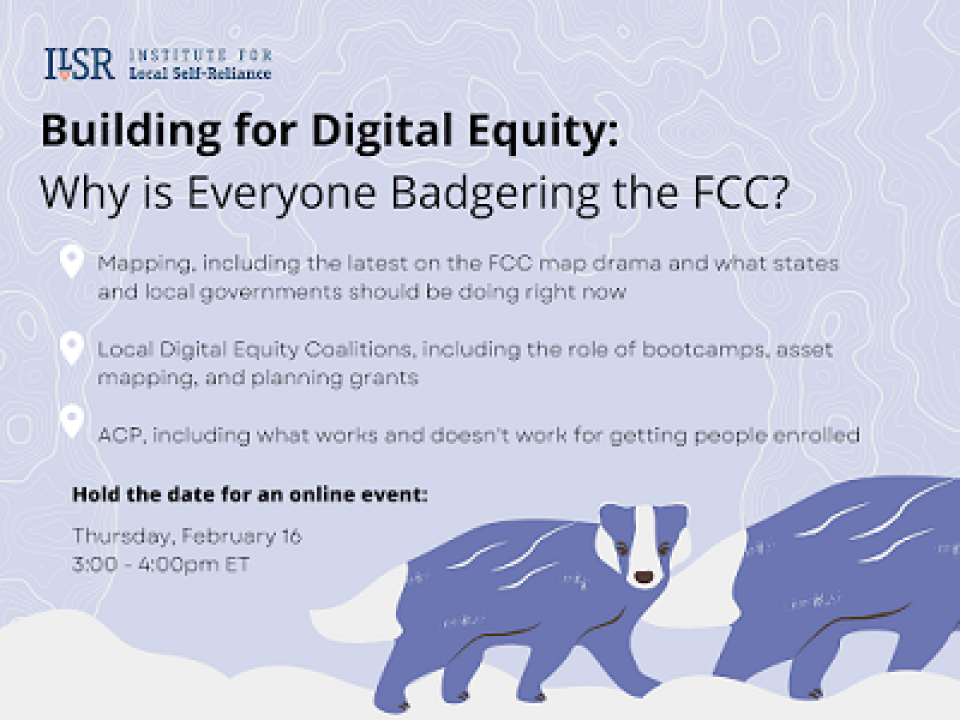
The event will give an overview of the FCC’s new broadband map and make clear what has been confusing and convoluted for those who have been working to fix the multitude of inaccuracies the map contains through the challenge process.
Our expert guests will break down the difference between fabric and location challenges and availability challenges and how those challenges may, or may not, affect how much each state will receive from the $42.5 billion Broadband Equity Access & Deployment (BEAD) program embedded in the bipartisan infrastructure bill.
Our GIS and Data Visualization Specialist Christine Parker will review helpful mapping tools, which will be followed by a Q&A with audience members.
Save the date! ILSR’s Community Broadband Networks team is back for a second season of our Building for Digital Equity series.
You can register now here.
The free online live stream will be held on Feb. 16 from 2-3 pm CST/3-4 pm ET.
We will unpack how local communities are working with their states to challenge the FCC’s broadband maps, bringing together local stakeholders, policy advocates, and GIS and Data Visualization Specialists in one place. We will also cover local organizing for better broadband and the latest on the Affordable Connectivity Program (ACP).
The event, which this year is being sponsored by UTOPIA Fiber, will cover:
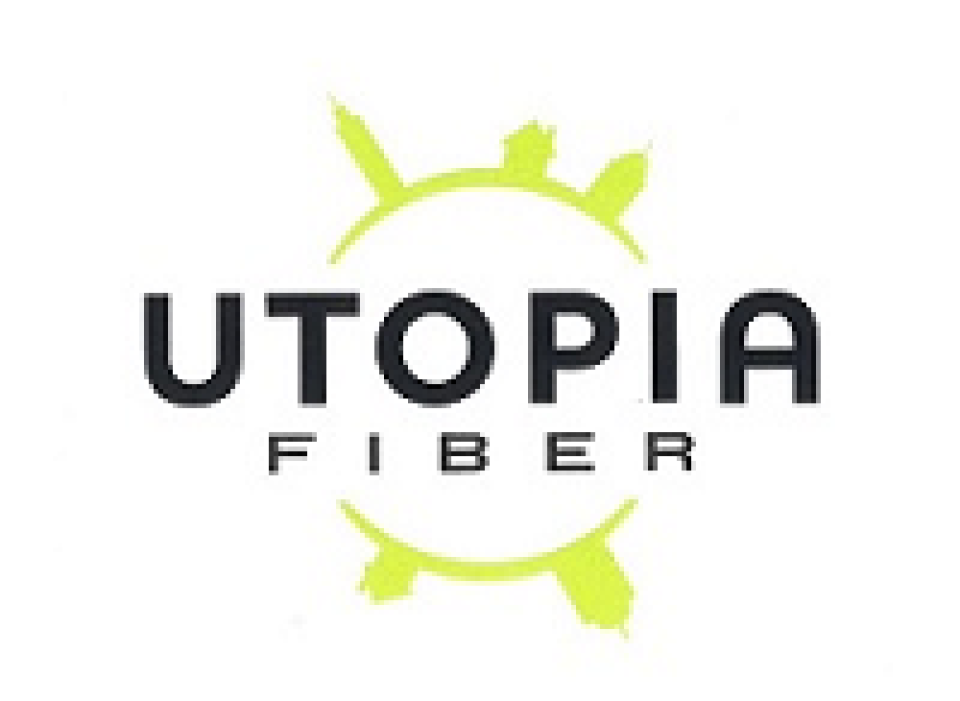
Mapping Tools
Organizing Local Digital Equity Coalitions
Affordable Connectivity Program (ACP)
The livestream will be available on Youtube, Twitter, Facebook, LinkedIn, and Twitch, with live viewer questions answered by the panels. Stay tuned for those links here.